IAMBIC creates AI-tailored footwear engineered for precision movement. Each pair begins with a smartphone scan and comfort profile. The proprietary Fit Engine analyzes over twenty biometric variables to build a digital last unique to every person.
Handcrafted in Portugal from full-grain Italian leather, each pair combines European craftsmanship with advanced biomechanics. Recognized as a TIME Best Invention, IAMBIC merges technology, design, and comfort to elevate human performance.
Not ready to order? Take the Fit Guide Quiz for personalized fit guidance.
The modern executive’s overlooked performance variable
Modern executives monitor everything: sleep quality, glucose variability, heart rate, cognitive function. Yet one system underpins all of them: the feet. Research shows that between 63 and 72 percent of adults wear incorrectly fitted footwear without realizing it.
Your feet contain 26 bones and over 100 muscles, ligaments, and tendons that constantly relay data to the brain. When shoes distort this communication, the body compensates in subtle ways that drain focus and energy. Studies in the Journal of Foot and Ankle Research confirm that poor footwear affects balance, stability, and neuromuscular performance.
The biomechanical foundation of performance
According to Dr. Hylton Menz, footwear that fails to fit correctly contributes not only to pain but to structural deformities over time. When your base is unstable, the entire kinetic chain adjusts: ankles, knees, hips, and spine all compensate.
These micro-adjustments consume neurological and muscular resources that should support strategic cognition and posture stability. The result: subtle fatigue that builds hour by hour.
The hidden energy drain
Misfitted shoes create background energy leaks. Throughout a 12-hour workday, your brain constantly monitors discomfort signals and postural compensation, quietly draining mental bandwidth. This phenomenon mirrors digital multitasking, small but continuous energy costs that accumulate into measurable fatigue.
Optimized footwear returns this energy to you, freeing mental and physical capacity for higher-value decisions. Learn more about how fit supports focus.
The biomarker connection
- Energy and Endurance: Each step distributes load through the foot’s geometry. Poor alignment forces compensations that reduce available energy for focus and mobility.
- Recovery Quality: Physical imbalances established during the day affect sleep posture, limiting deep recovery cycles.
- Stress Regulation: Chronic low-grade discomfort elevates baseline stress response, impairing resilience and mental clarity.
The performance optimization opportunity
Executives who approach footwear as performance infrastructure unlock new energy reserves. Precision-fit design converts what was once passive support into active alignment technology.
One executive described the change: “The constant micro-adjustments stopped. My afternoon focus and energy were noticeably better.”
Dr. Menz adds, “The exciting potential of fit technology is prevention. Properly fitted footwear can prevent many chronic issues before they start.”
The technology solution
AI-driven analysis maps the foot’s structure in three dimensions, identifying pressure zones and balance points with millimeter accuracy. Combined with advanced materials, this ensures responsive support that adapts through motion.
“Artificial intelligence in last design is a genuine game changer,” notes Dr. Menz. “Technology that enables precise fit has the power to prevent long-term discomfort.” Explore IAMBIC technology.
How to integrate foot optimization into your performance routine
- Baseline Assessment: Track your daily energy and recovery data to correlate performance with footwear comfort.
- Systematic Testing: Evaluate fit variables as rigorously as diet or sleep position. The goal is consistent energy, not just comfort.
- Continuous Monitoring: Use your wearable metrics to observe changes in stress, sleep, and focus after optimizing your footwear.
The compound effect of precision fit
Incremental optimizations compound into exponential advantages. For the majority of executives wearing poorly fitted shoes, the untapped gains in posture, balance, and cognitive efficiency are significant.
“With precision-fit technology, we can assess individual geometry, recommend footwear based on objective data, and eliminate the guesswork that defined traditional sizing.”
— Dr. Hylton Menz, La Trobe University
The path forward
Your foundation determines your performance capacity. Optimizing it restores efficiency to every system above it. Treat footwear like the biometric tool it has become.
Explore the MODEL T to experience how precision-fit footwear enhances executive energy, balance, and focus. Learn more about IAMBIC and its integration of science and design.
Want to learn more? Take the Fit Guide Quiz for personalized guidance.
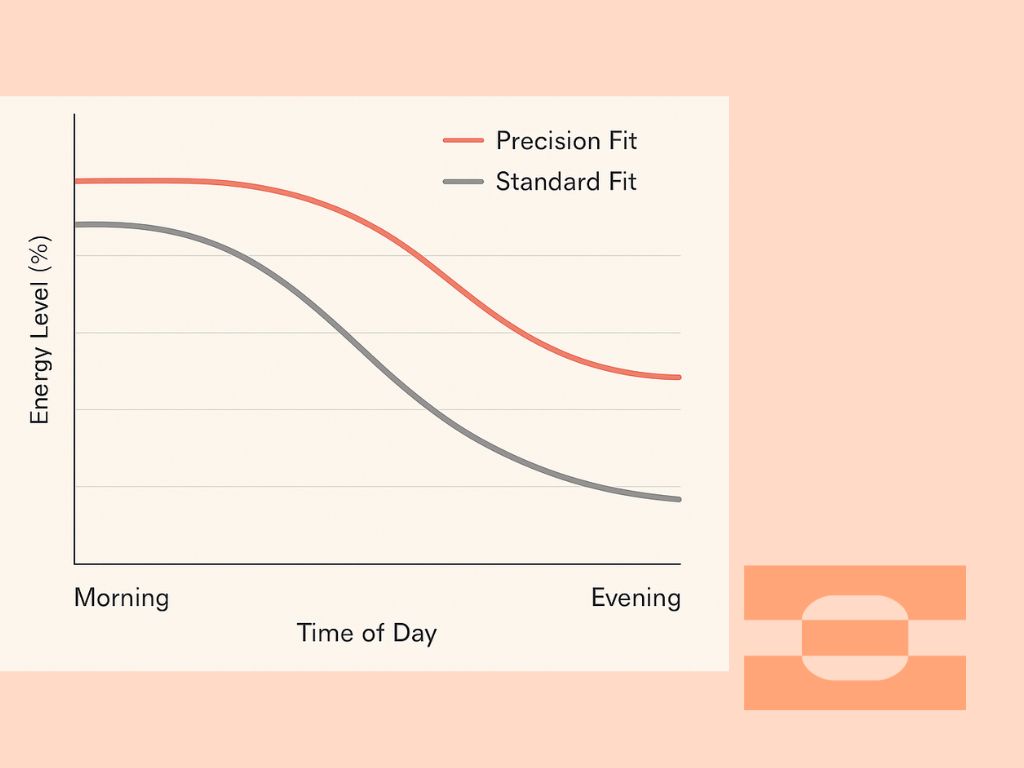
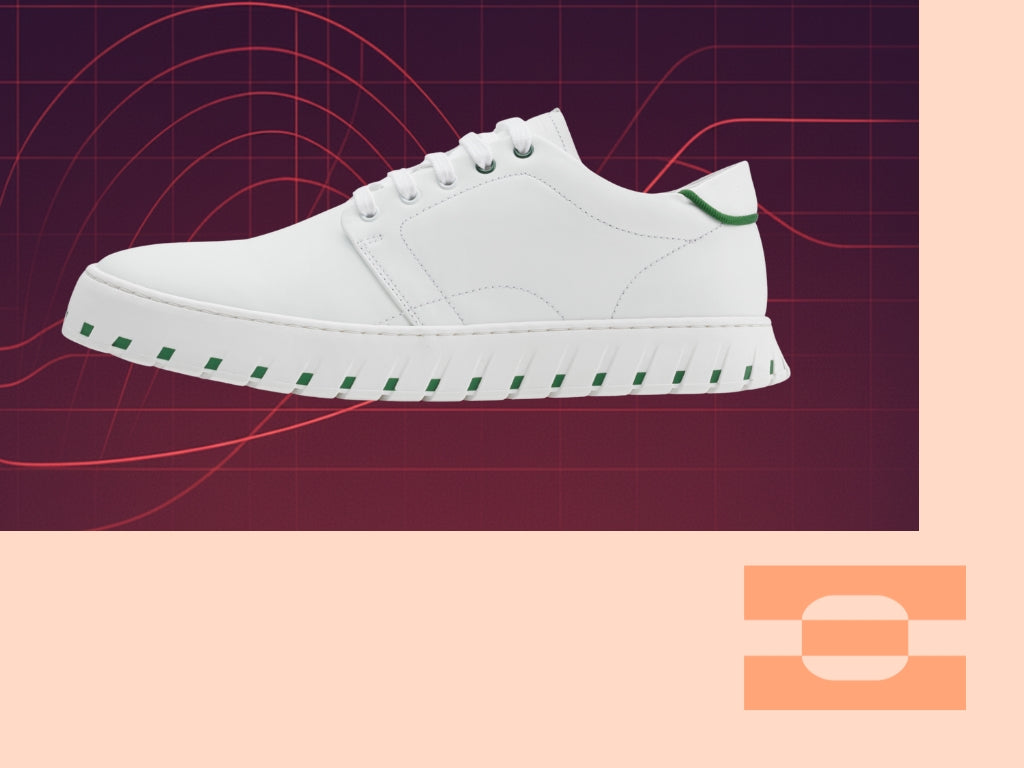
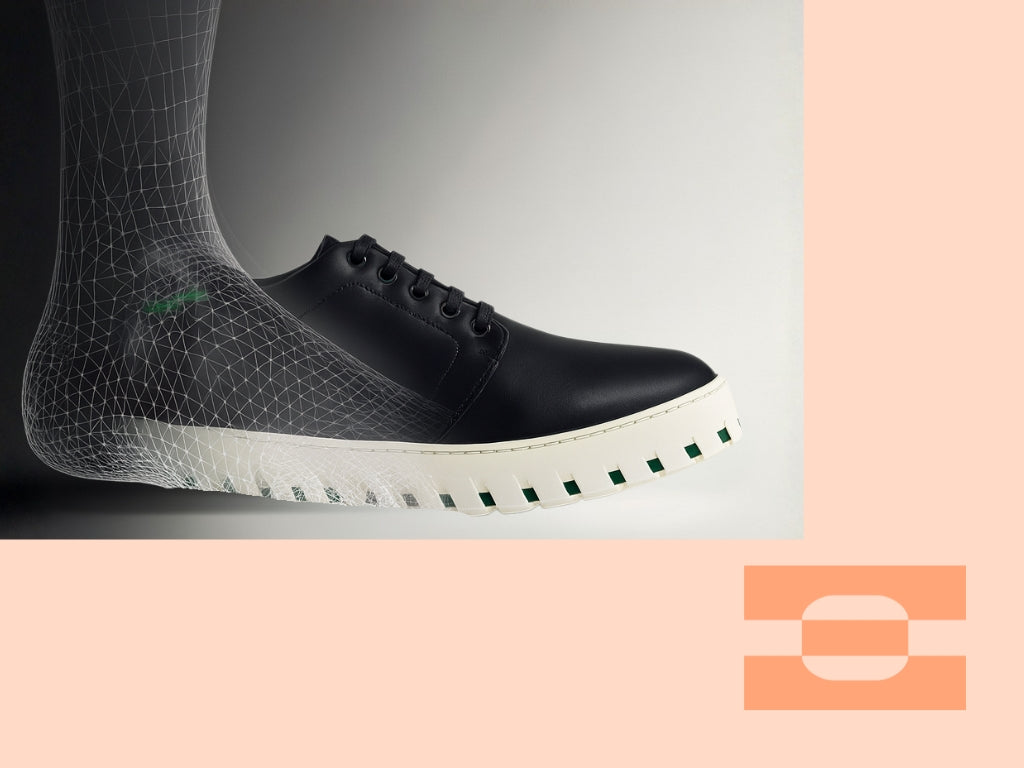
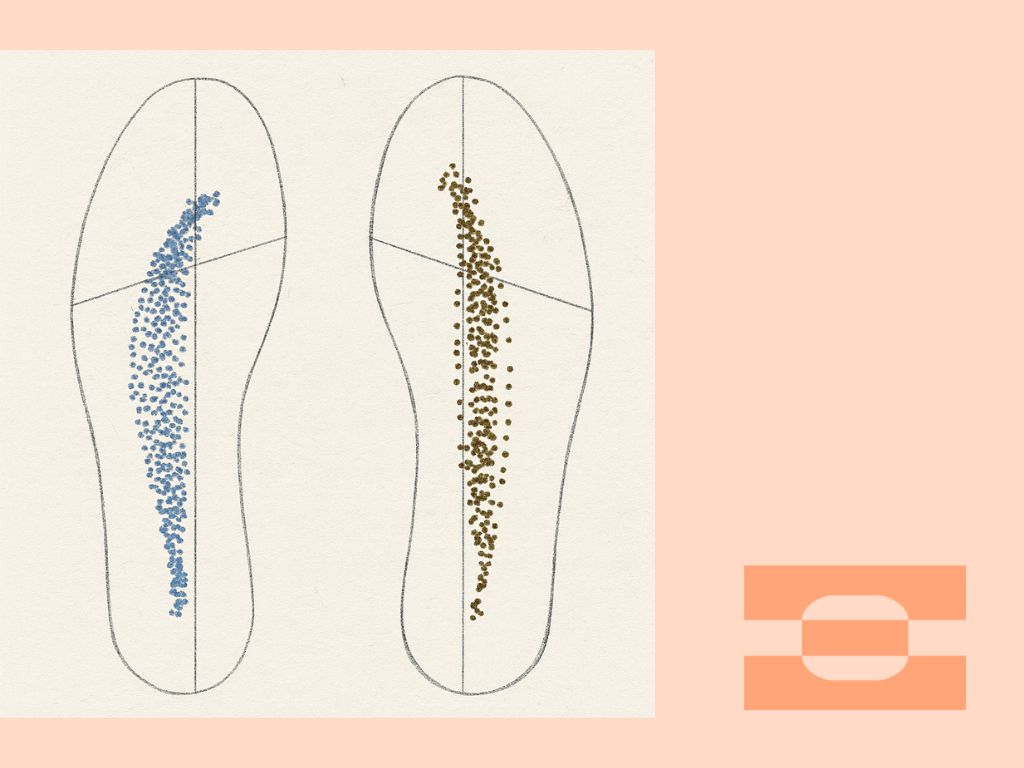

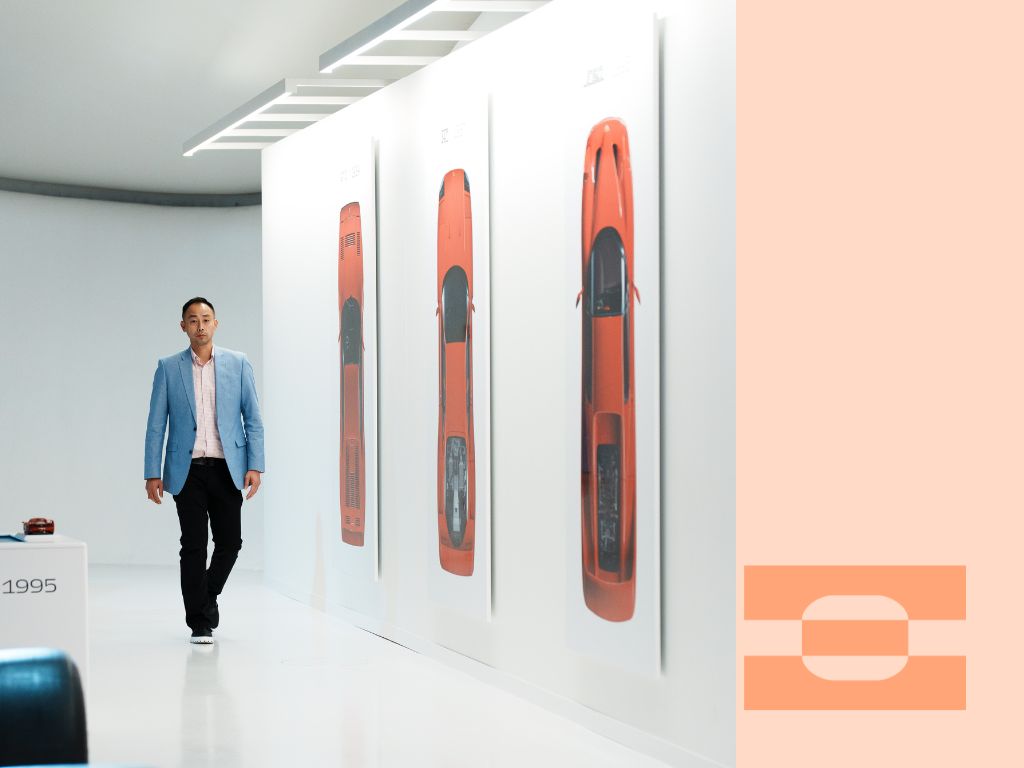

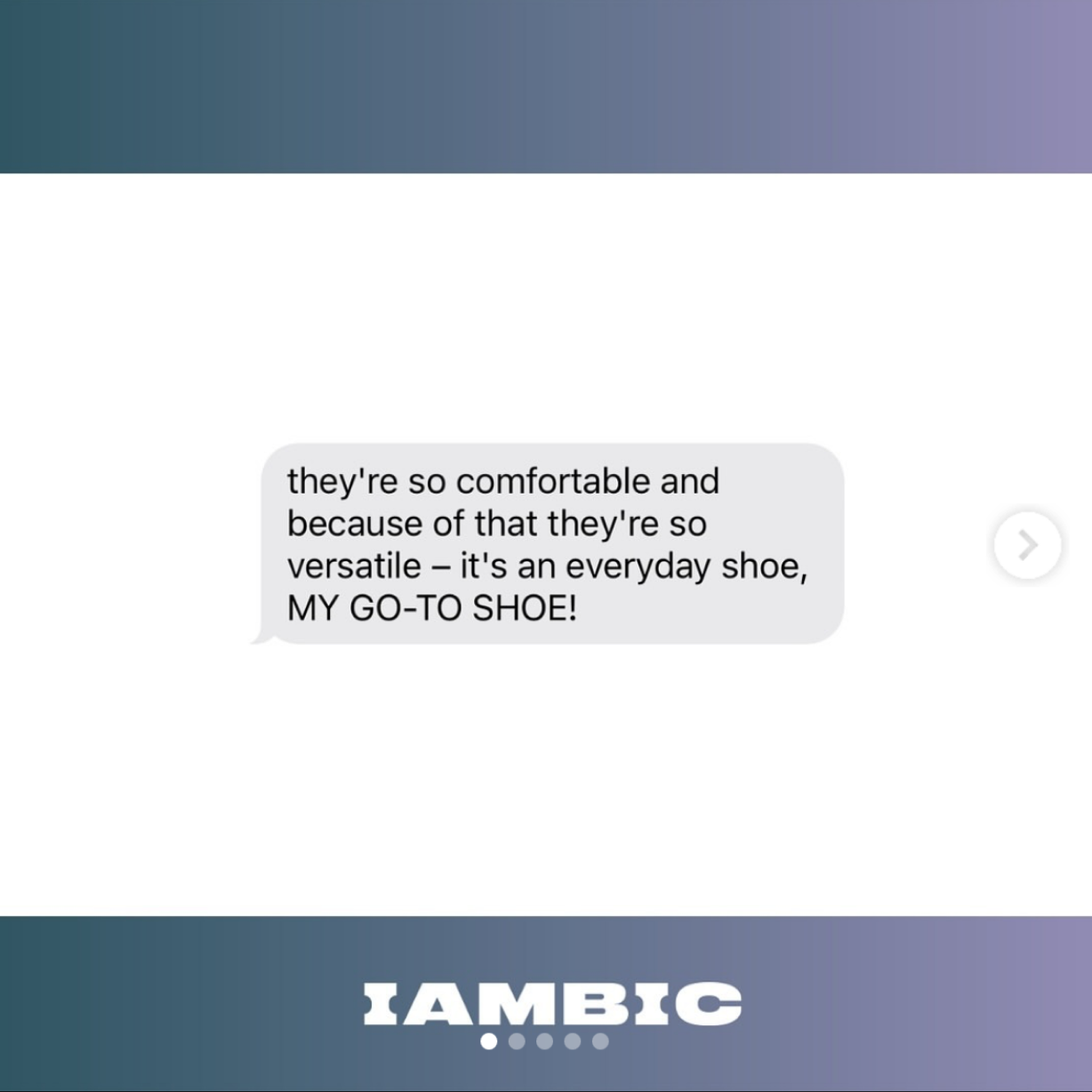
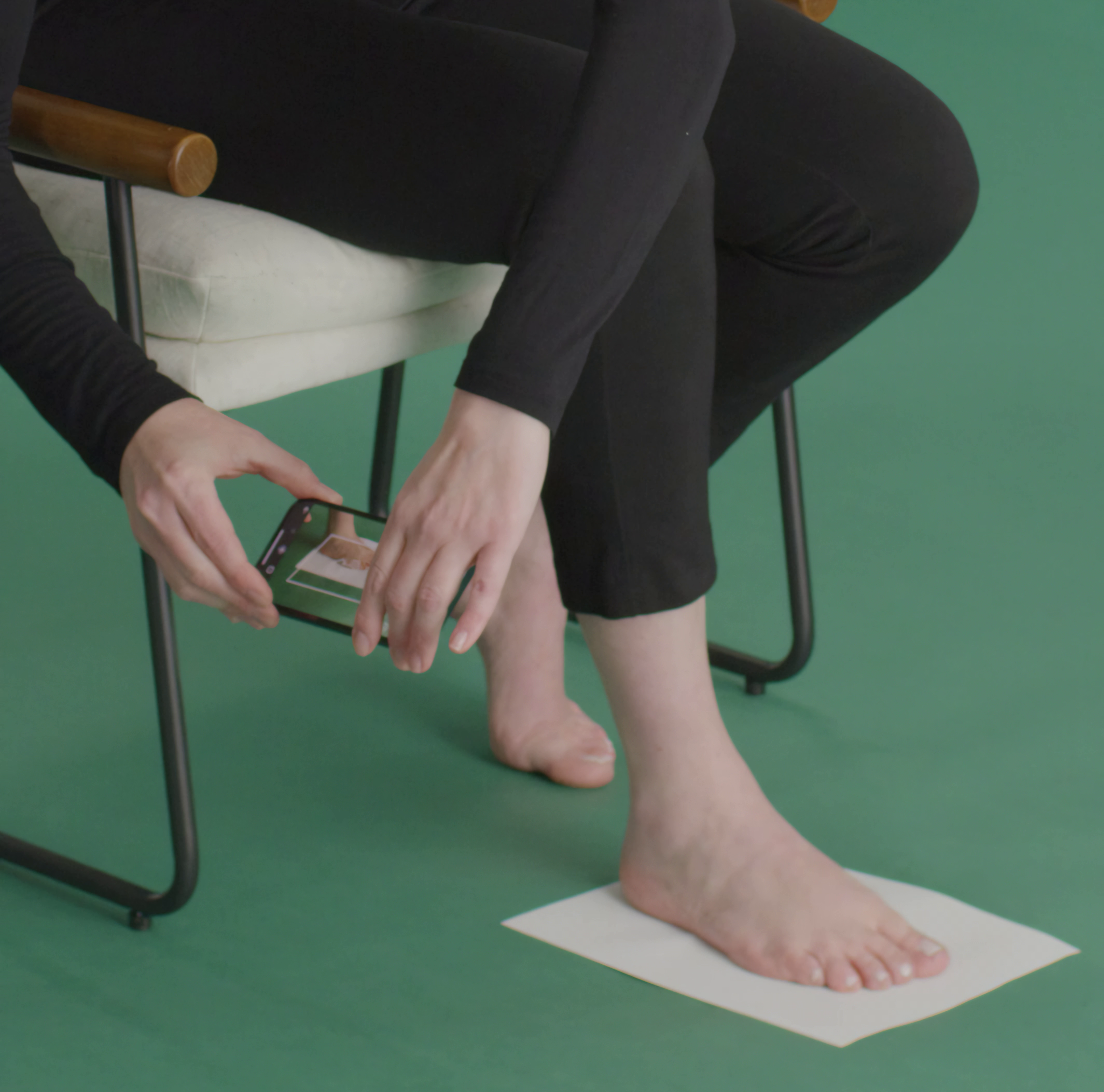

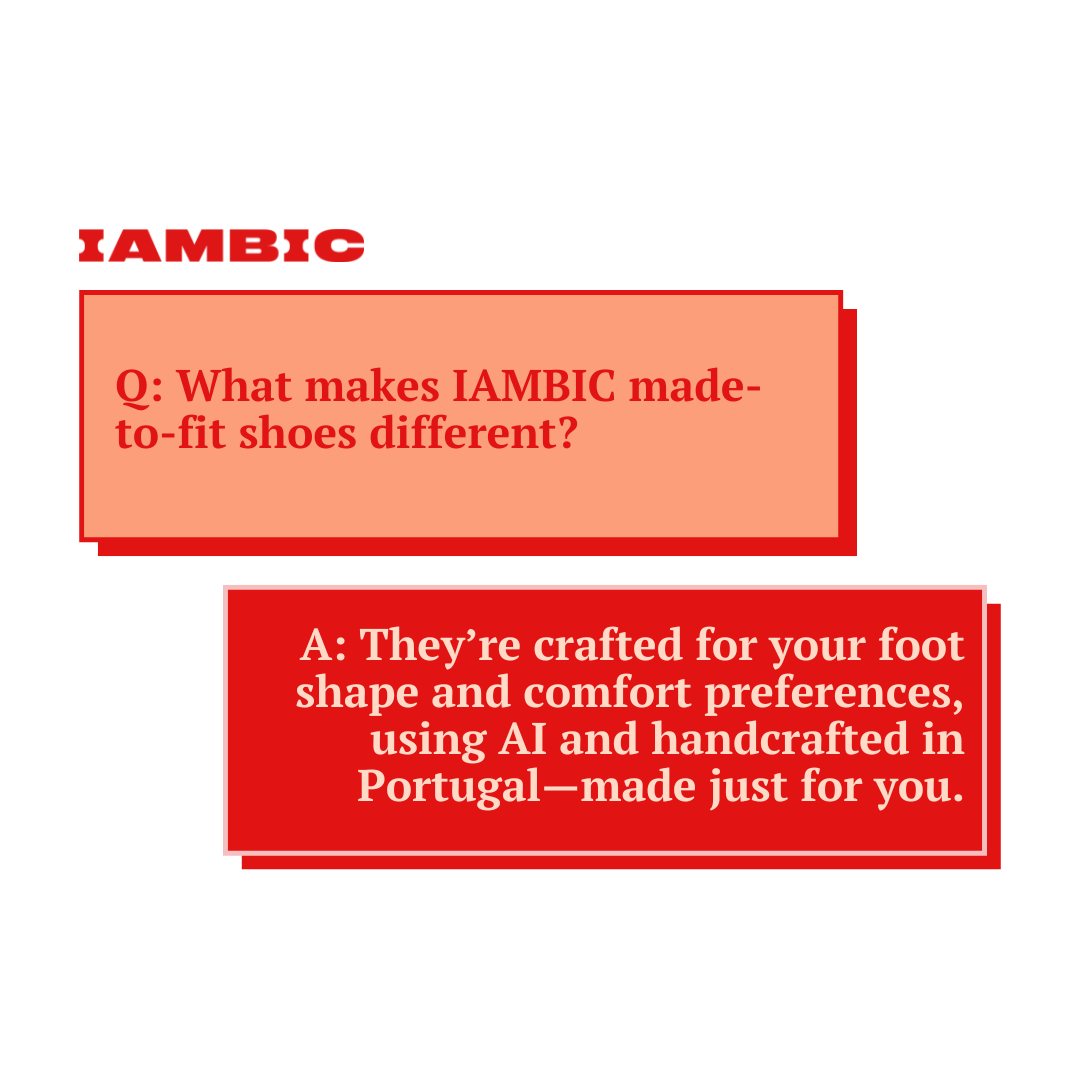
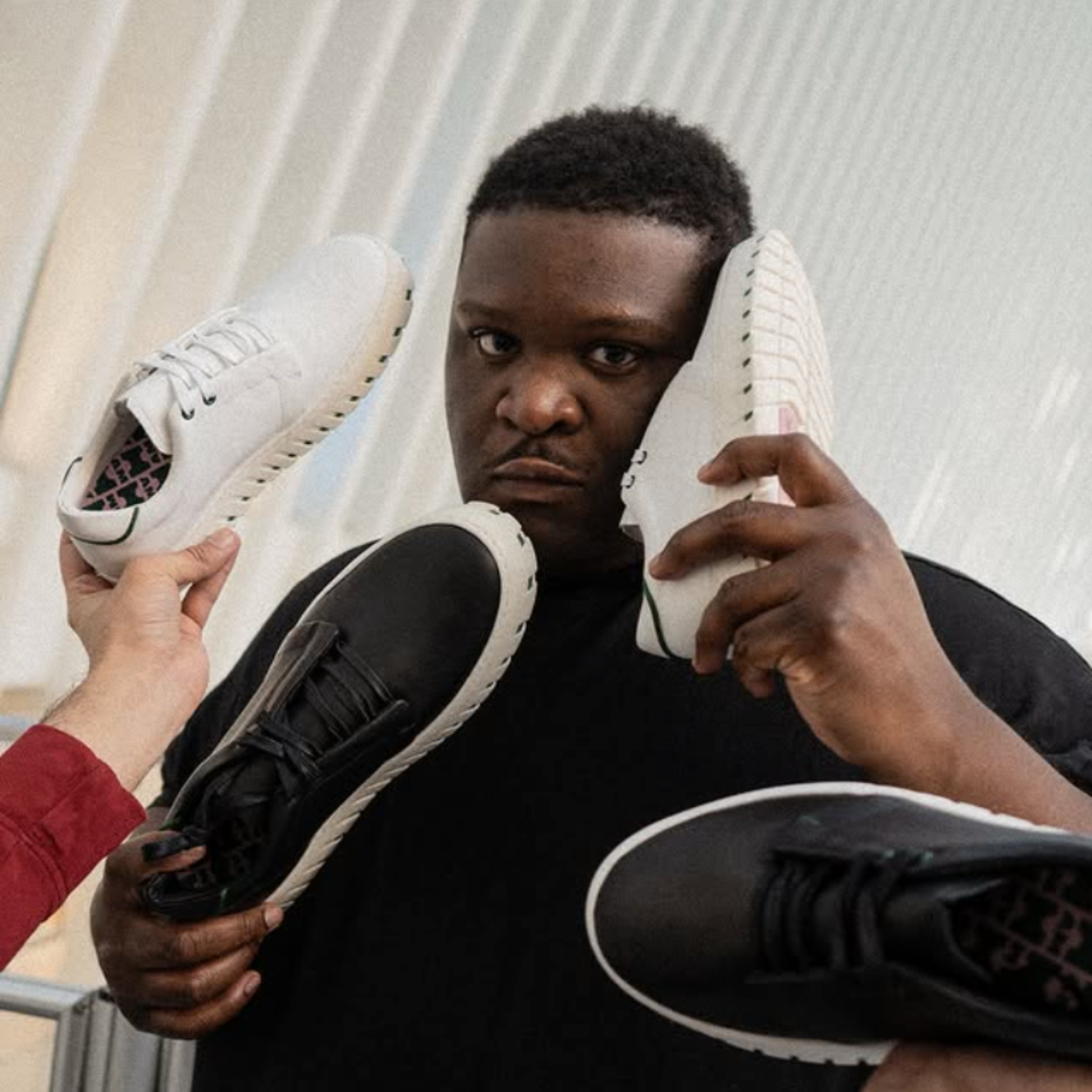
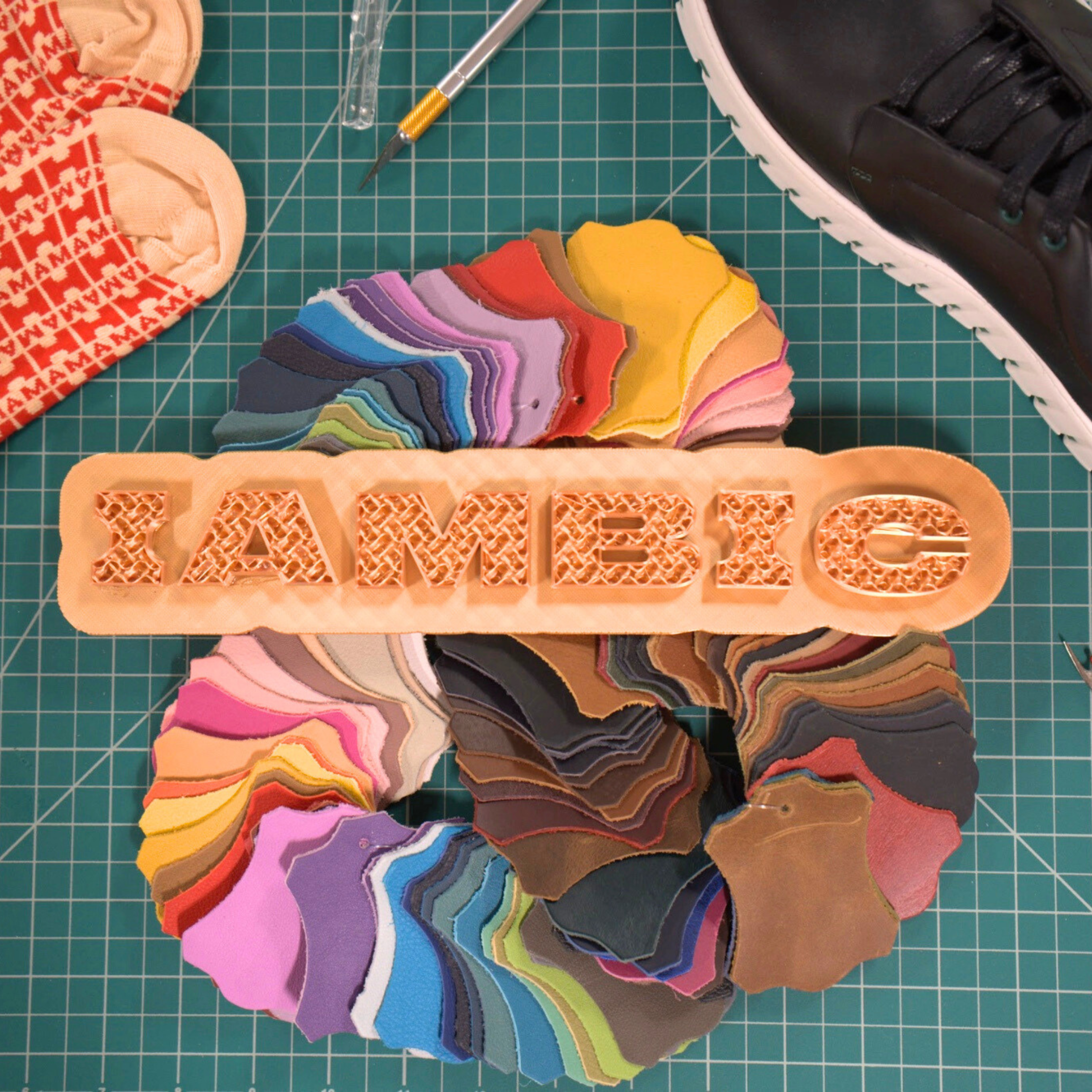

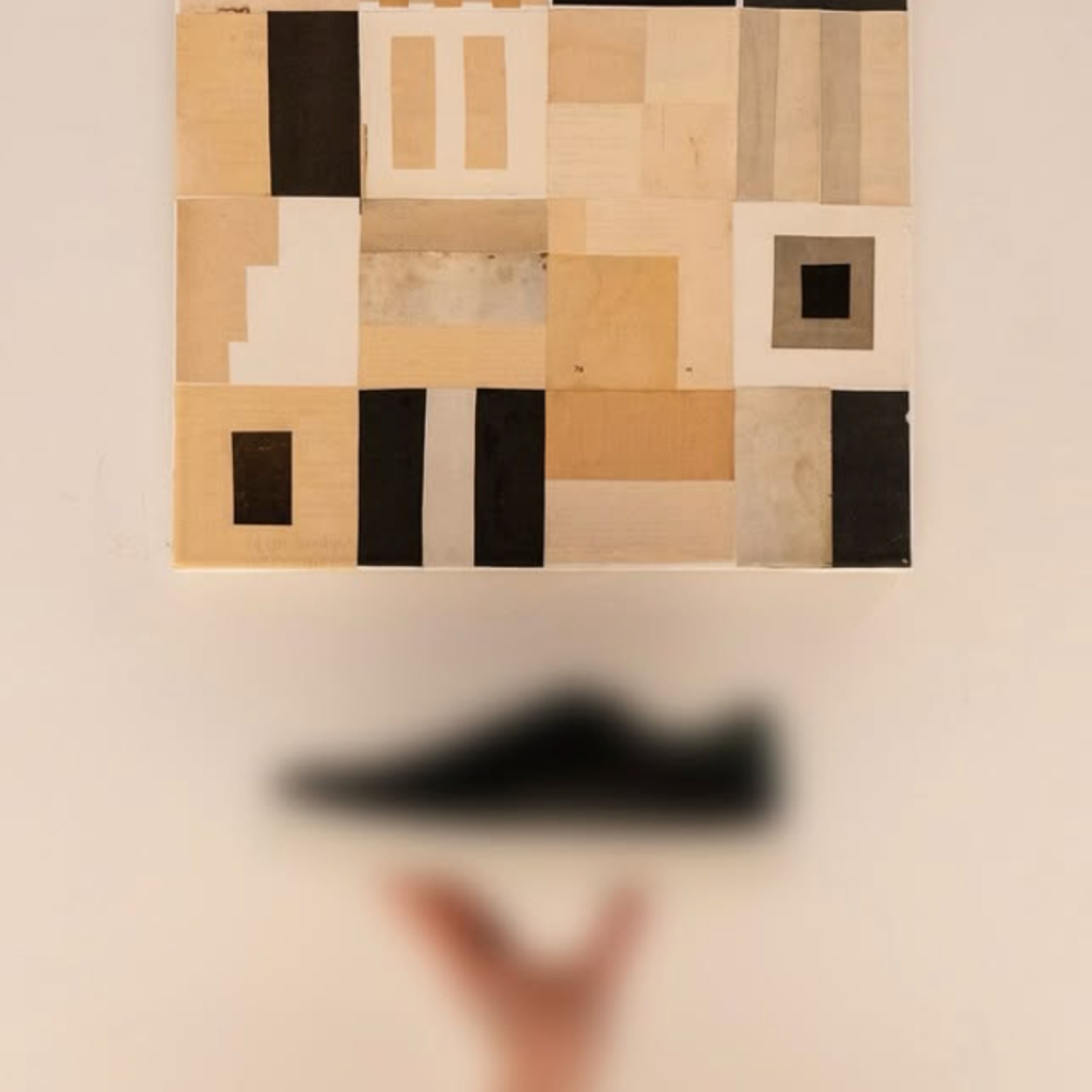
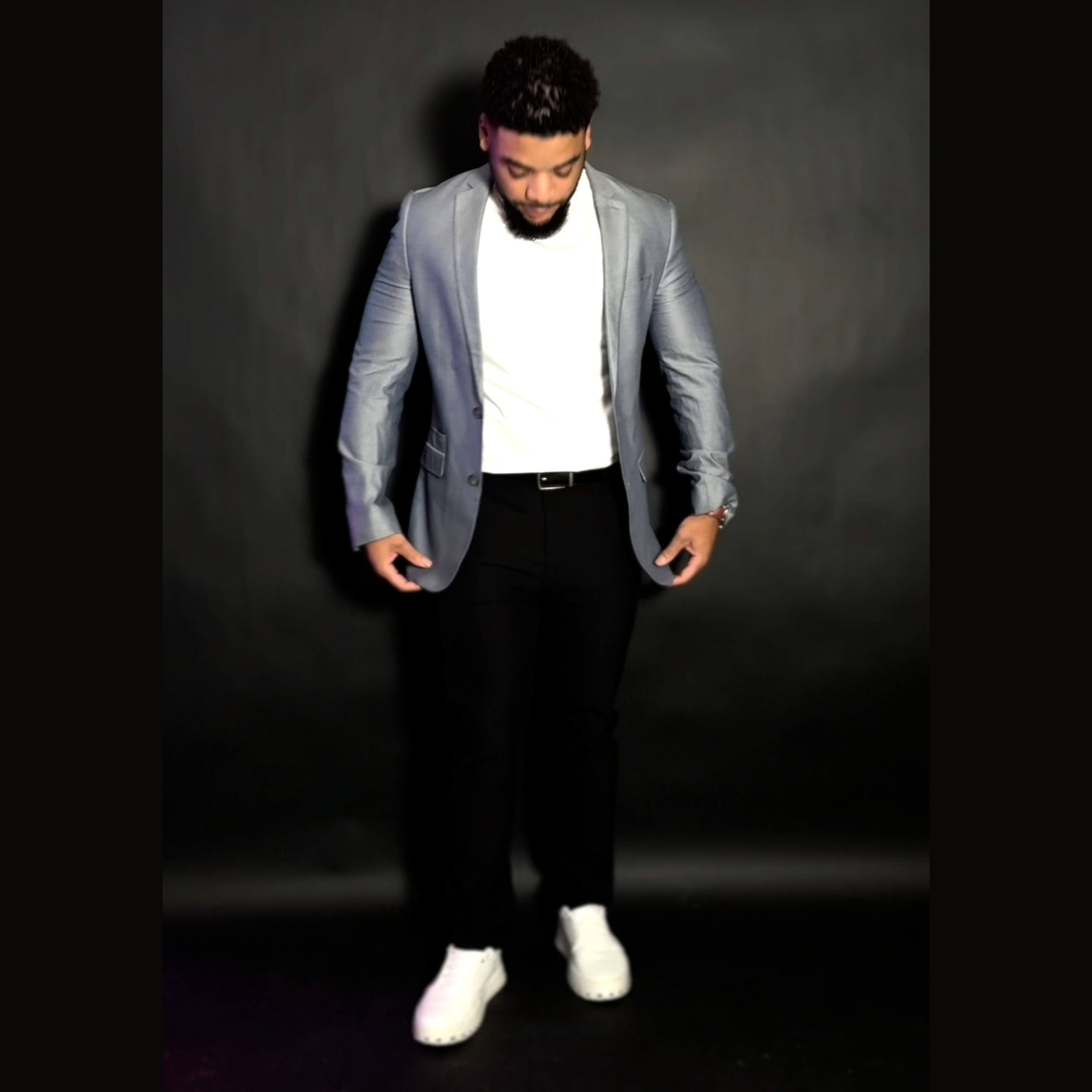
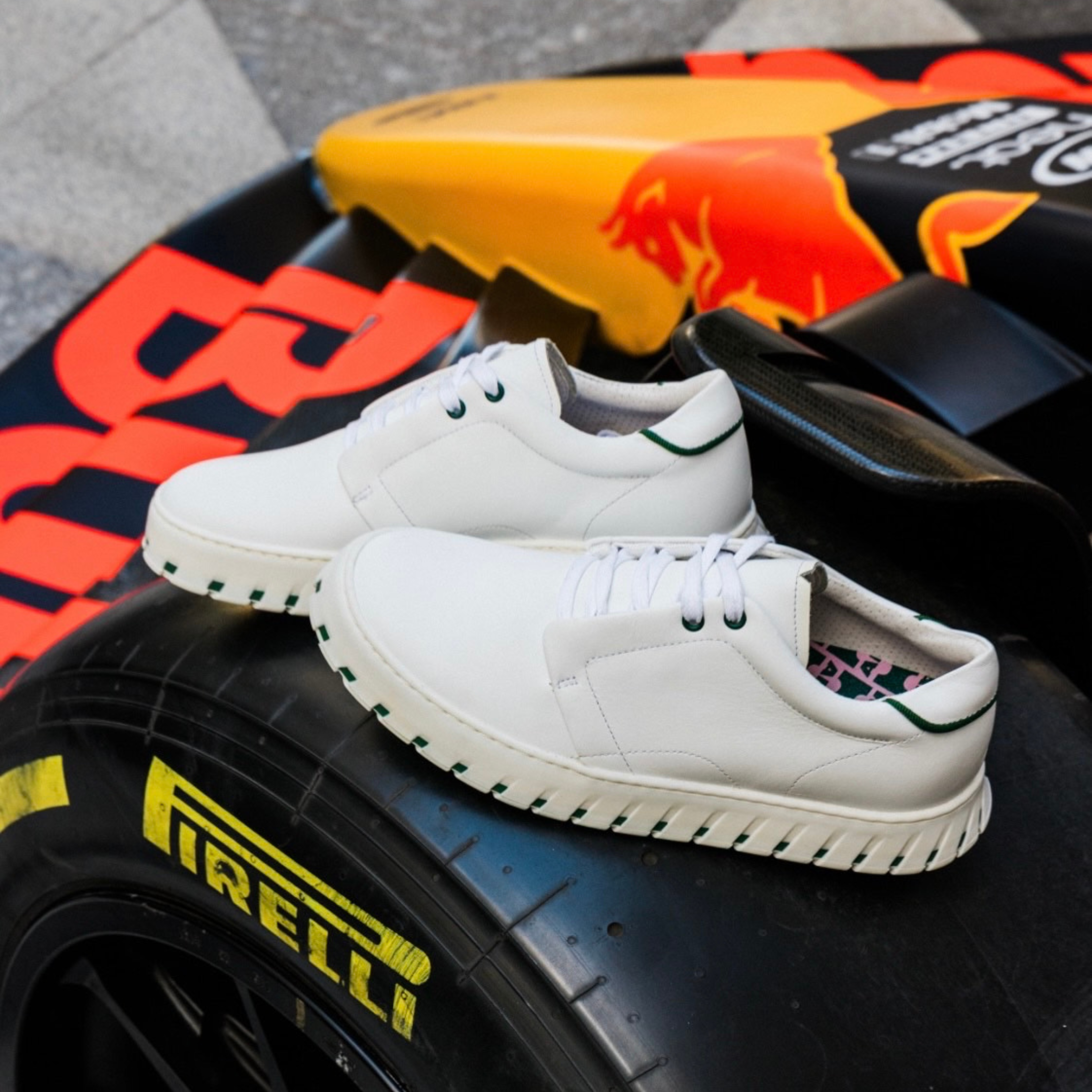
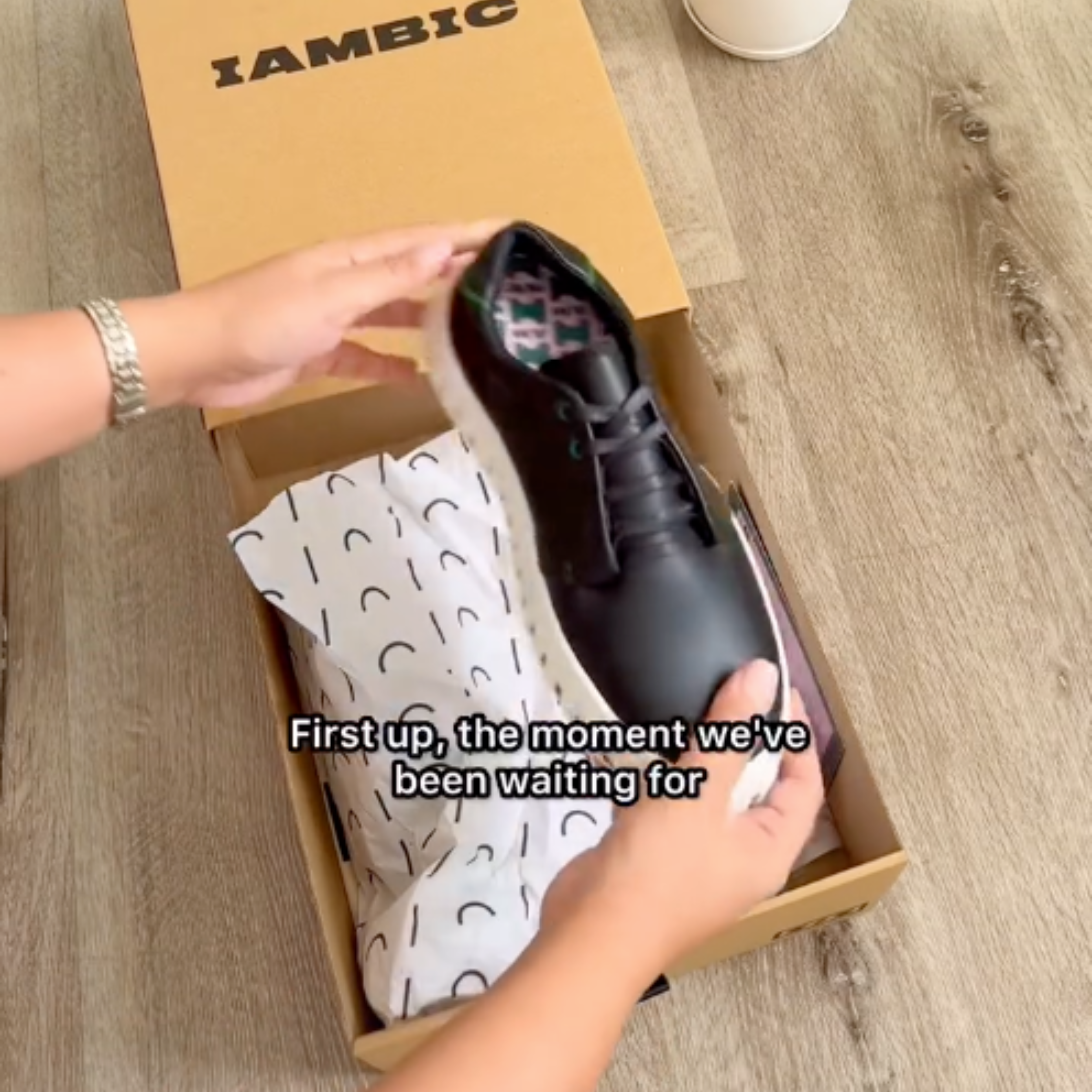
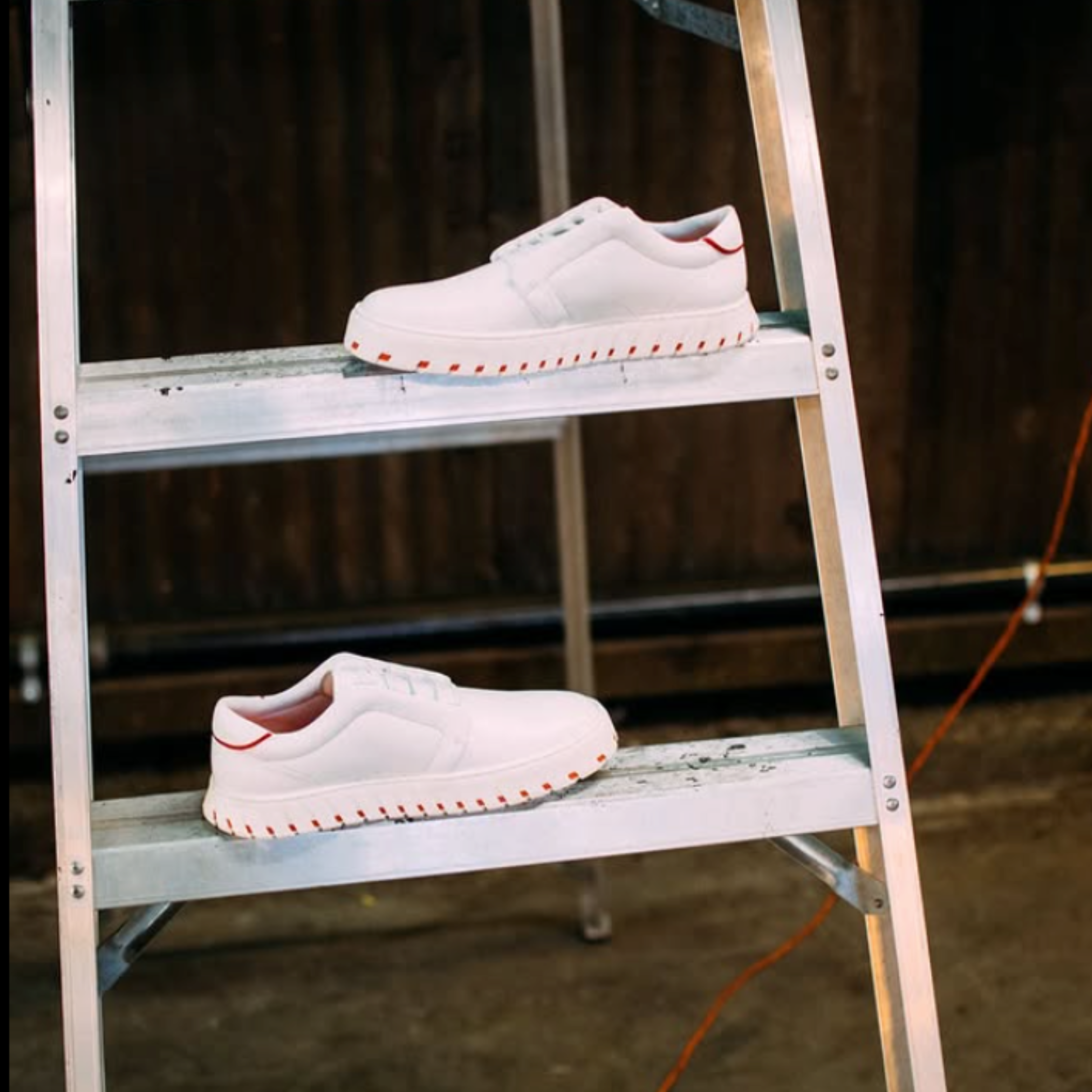
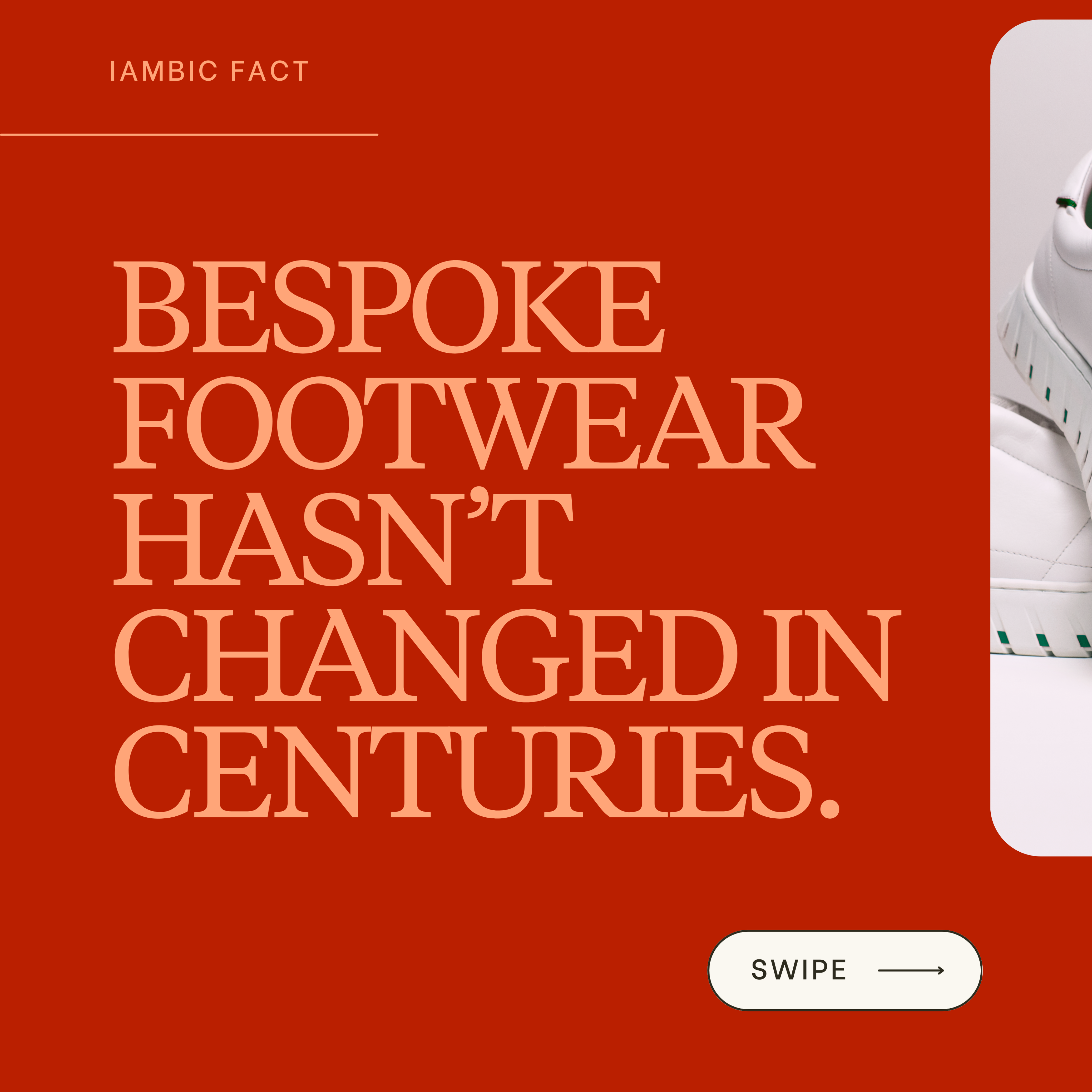
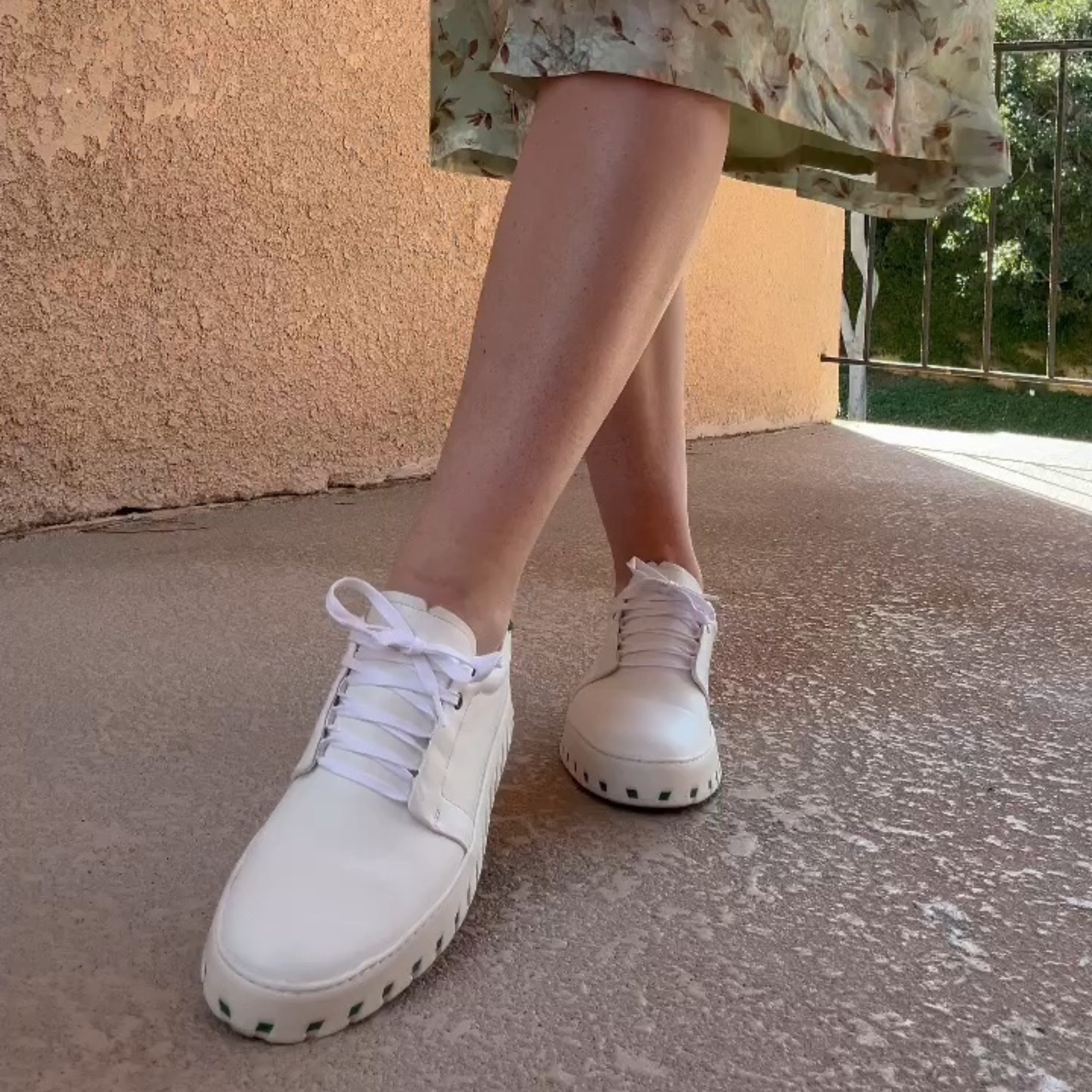
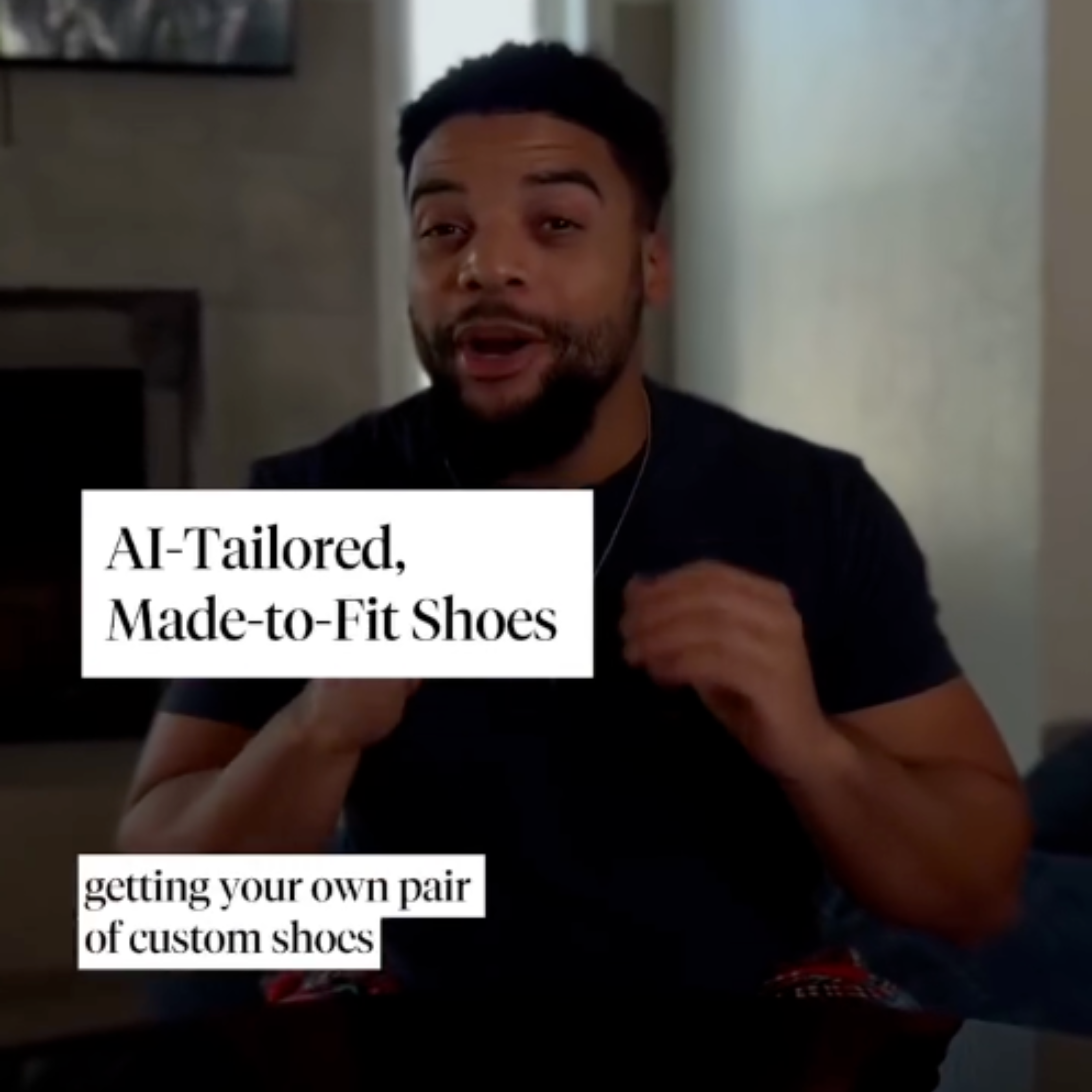
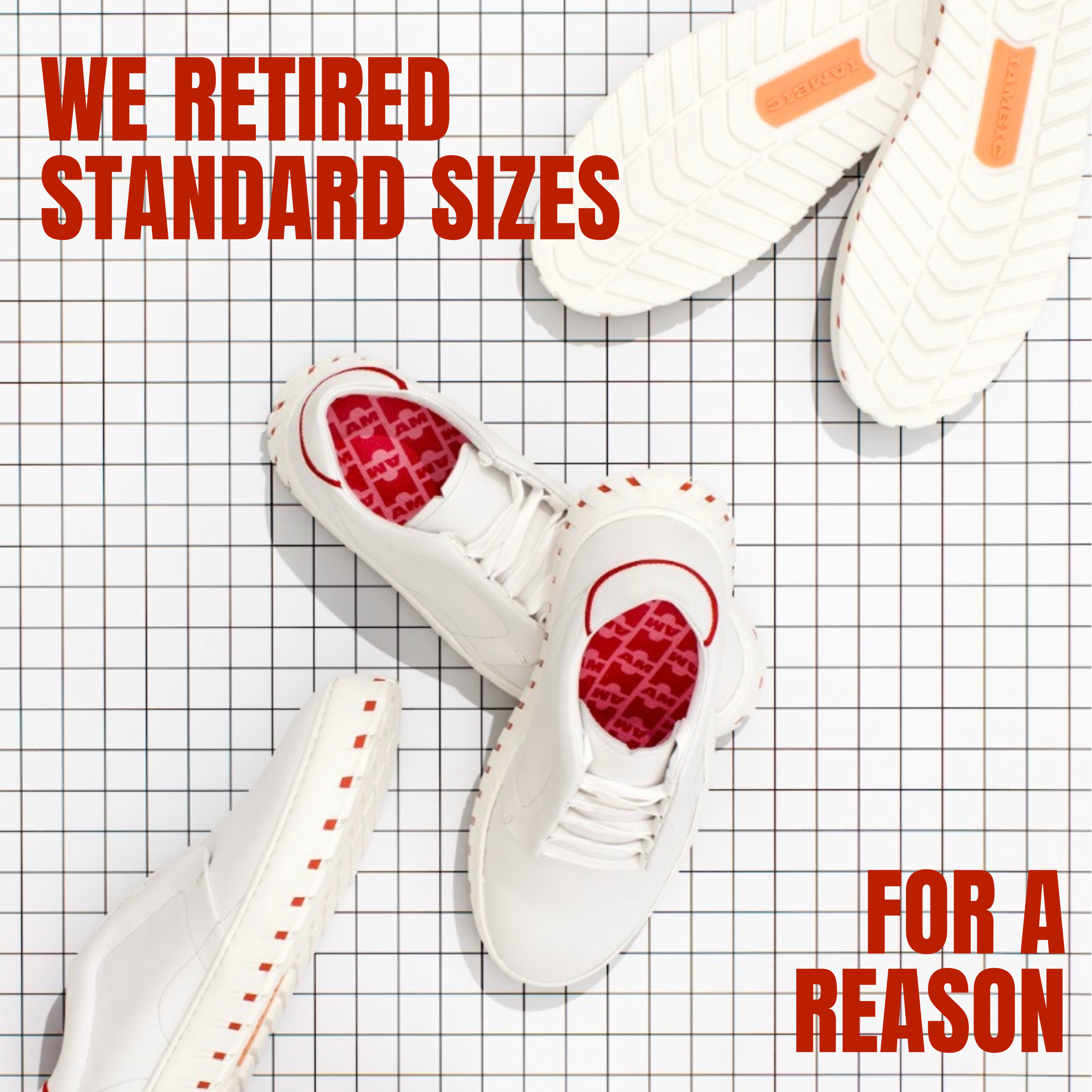
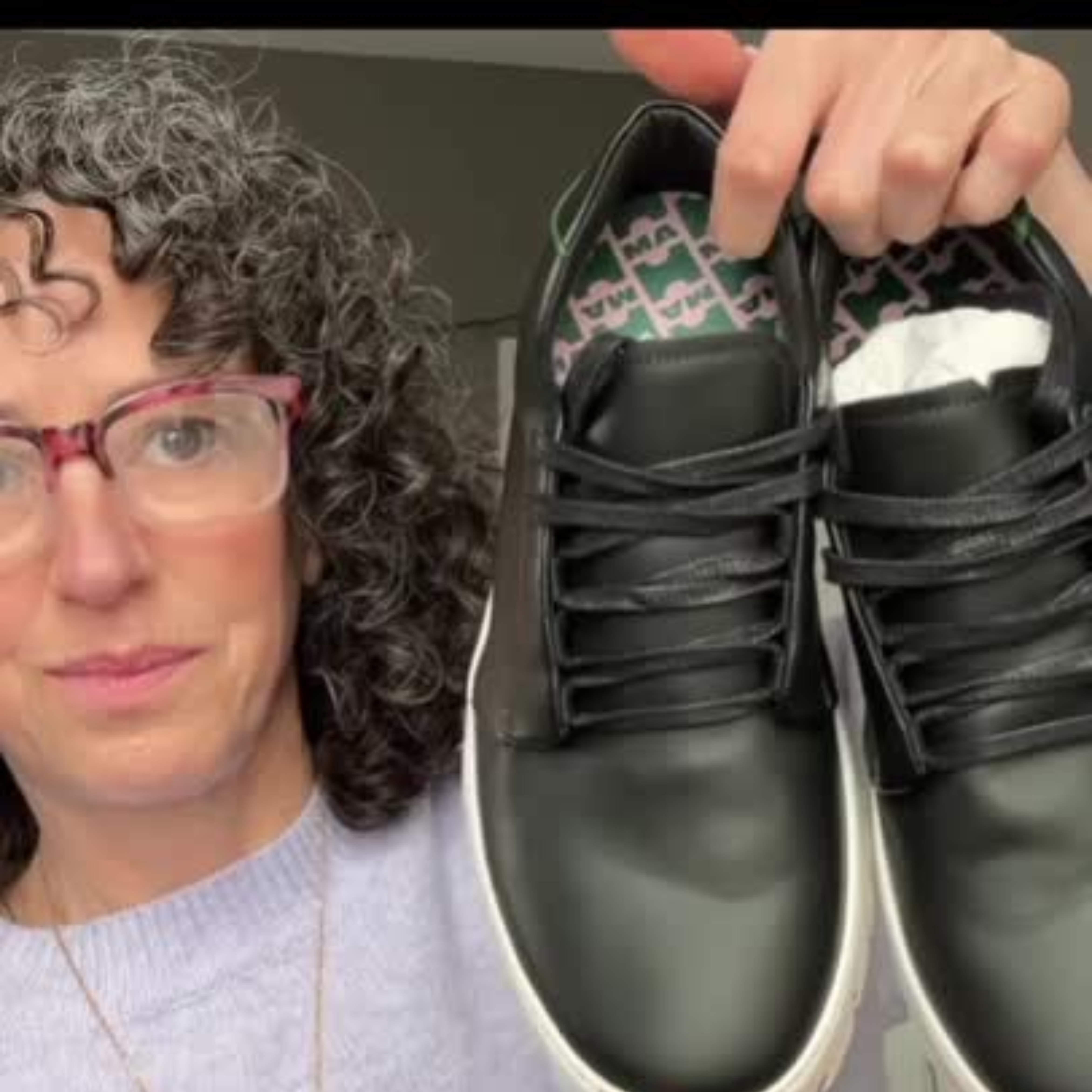

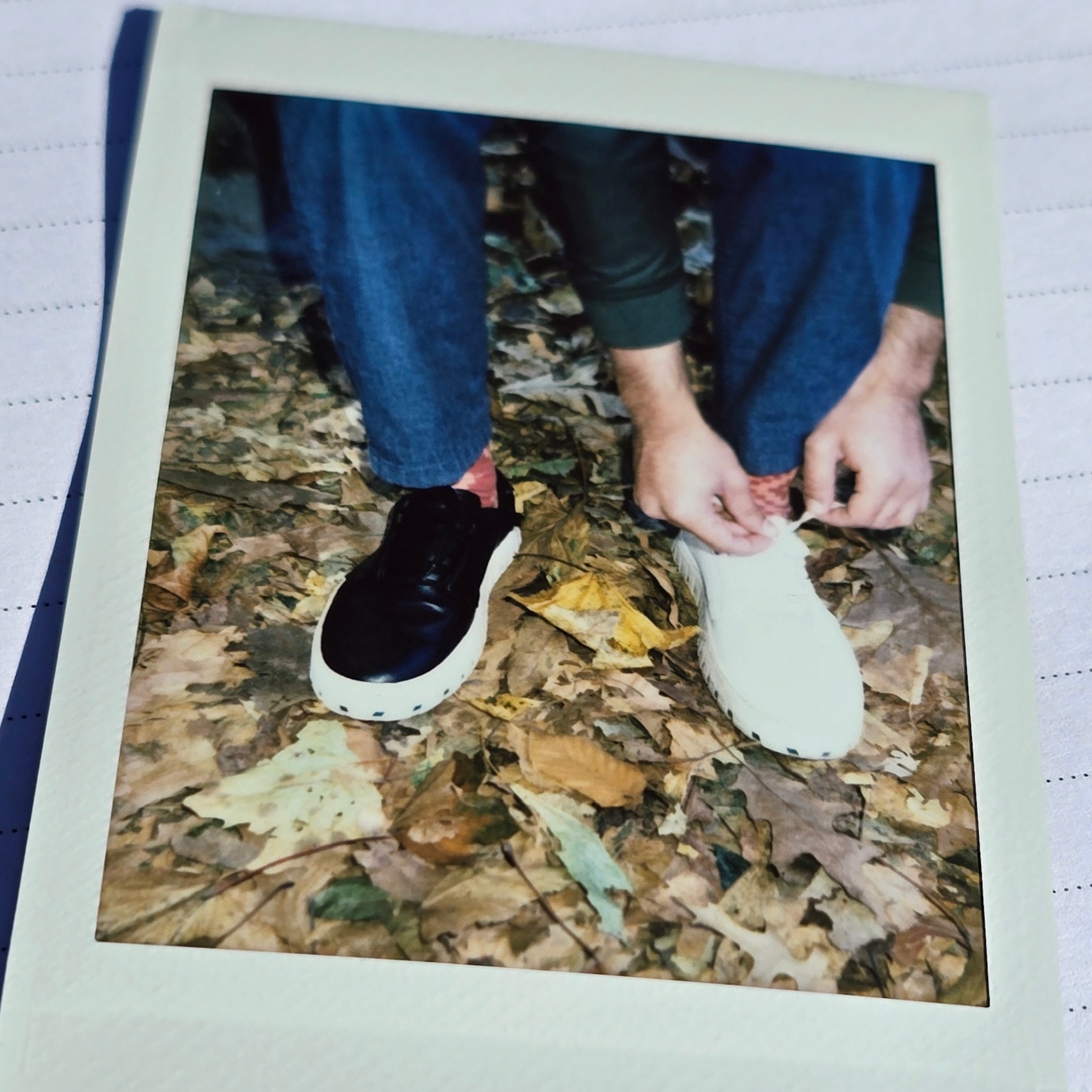
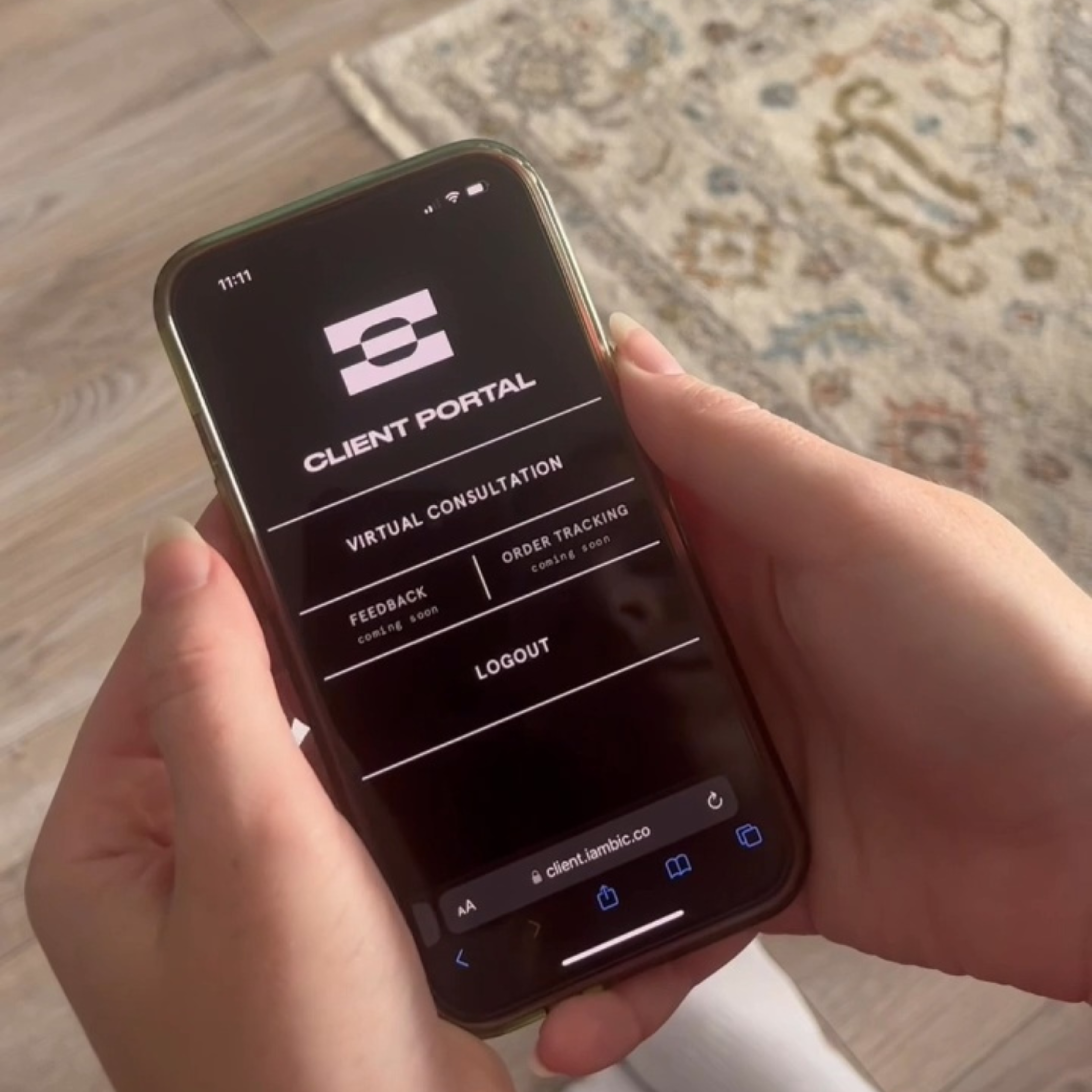
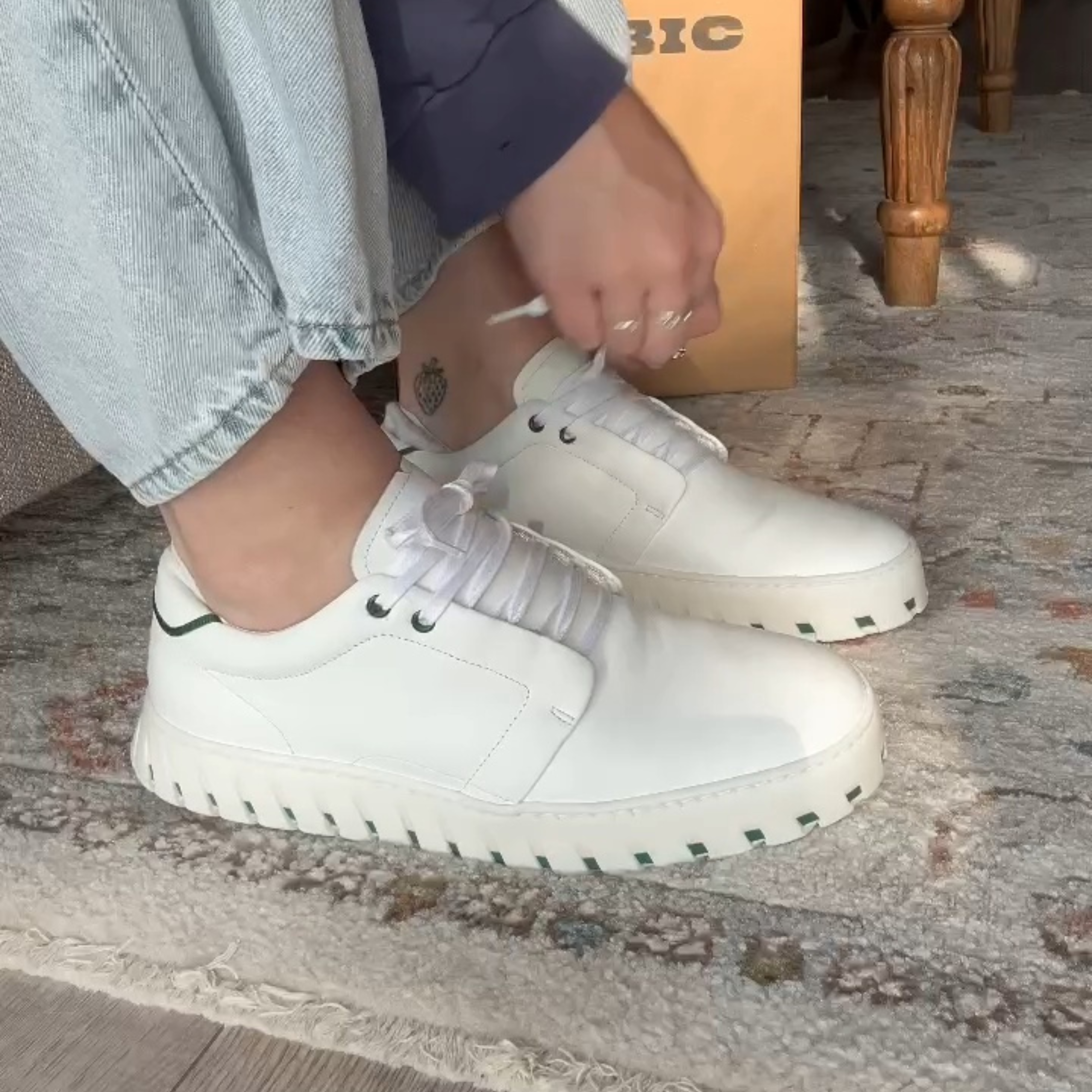
The most interesting thing about them being crafted just for me is how well they fit. And I had never even noticed that my shoes didn't fit right. My other shoes don't hurt me - they just slosh around. With these, the heels actually stay on the whole time and it fits snugly yet still comfortably. And I'd never experienced that before. They just stay comfortable all day.
As a runner, as an athlete, just knowing that I'm doing a good service to my body is incredible. It’s the reason that I love my IAMBIC shoes. It's that precision that makes me feel safe to walk down the street, get on the subway, do my commute, bring my kids to school, and not feel concerned that I'm doing it in a shoe that doesn't fit right or that doesn't feel good.
The thing that I was surprised by the most with the precision fit is that any pressure points thatI had been feeling with the shoes that I previously came in wearing were completely gone. I was wearing a shoe that wasn't too tight. It wasn't too loose. The sole fit just right. Total comfort.That's the best way to put it.
So I suffer from chronic foot pain and I believe that a lot of that has to do with wearing shoes that actually don't fit. Whenever I wear my IAMBICs, I've noticed that I have felt less pain, which is really incredible. And they're just so comfortable. I'm not worried about the back of my heel popping out or my ankles not having enough support. Also, they're just so stylish and every time I wear them out in the street, I always get compliments, which never happens to me.
A shoe that may feel comfortable for a half hour walk is not a shoe that always feels comfort able for a three and a half hour walk. So what I like about IAMBIC is, even though the snug fit is there and it feels comfortable, it also feels substantial enough that I can walk a lot without getting any discomfort. That's just something that's especially important to me and I think the shoe has really delivered that.
The first moment that I tried on my IAMBIC shoes, I noticed a difference. I have small feet. So whenever I try on shoes, I usually expect them to not fit. If they do fit, there's usually some sort of discomfort, whether that's in the toe box or too much space or at the heel. So knowing that this shoe was tailored to my foot was really meaningful. It's rare that you find a shoe like IAMBIC that truly is comfortable, but also hits the markers of style versatility.
I think we're all placed on this earth as unique individuals. None of us are really off the rack in terms of sizing. So for me to have that experience of having something made specifically for me that fit perfectly was something that was a little bit mind blowing. And once I got the shoes, I tried them on, they looked great, they felt great. And honestly, they fit like a glove.